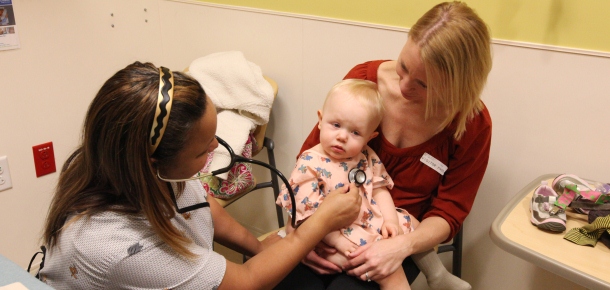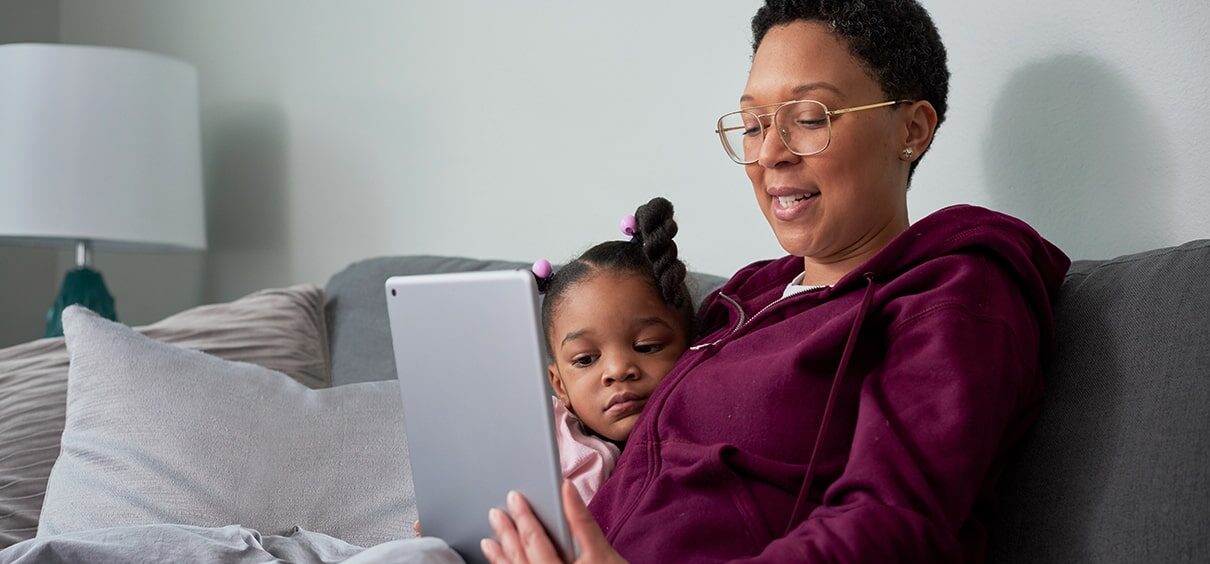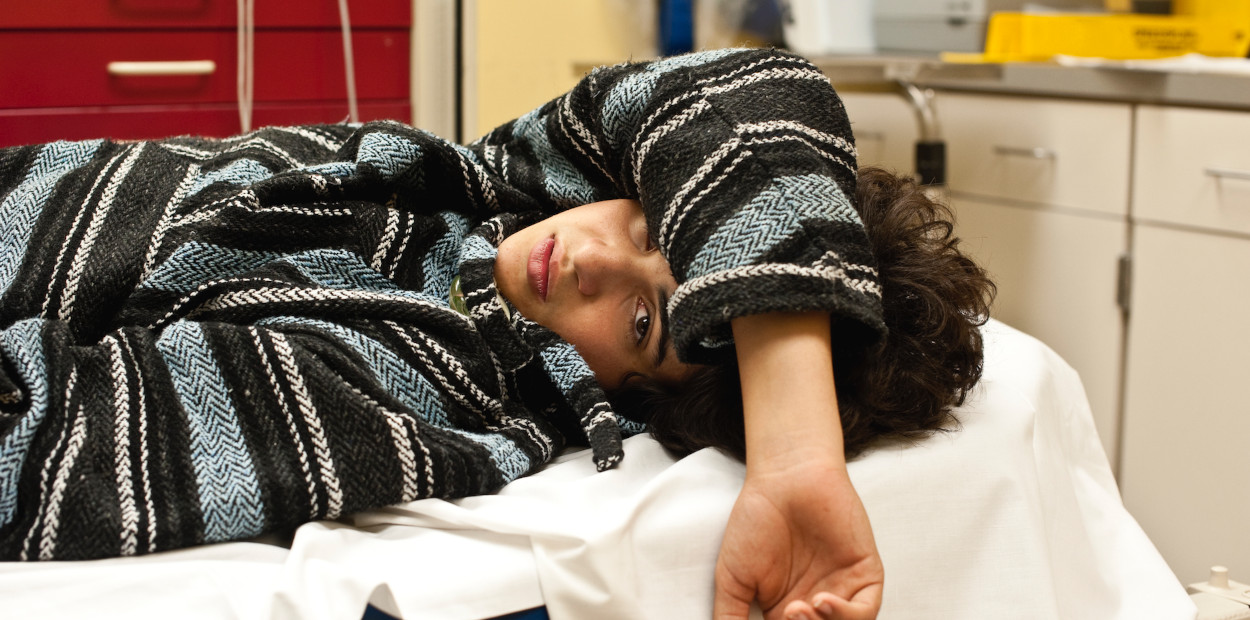A few years ago, my brother and his family moved from Cincinnati to New Jersey. Shortly after moving, my sister-in-law called me, concerned, because my oldest niece was having a mild allergic reaction and they did not yet have a pediatrician. My sister-in-law did not know where to take her daughter—“there are no pediatric facilities anywhere near us,” she lamented.
It would have been easy for her to find the closest urgent care facility, but all urgent cares and emergency departments are not created equal.
The American Academy of Pediatrics (AAP) feels strongly that children should not be seen at retail-based clinics or non-pediatric urgent cares. It is important for children to be treated by pediatricians in an environment that is equipped to meet the needs of children.
There are important advantages to pediatric care. At Cincinnati Children’s, every one of our urgent and emergency care locations is staffed with board certified pediatricians and pediatric nurses. If your child needs an IV, Child Life specialists are on-hand to help her or him understand what is going on and to use coping measures so the IV is not a traumatic experience. If your child needs sutures, we will use a numbing gel instead of an injection of pain medicine, we will sing “Twinkle, Twinkle” on repeat if it calms your child, and we will work around your toddler’s all-important pacifier while suturing a lip or chin laceration if it means your child’s experience will be improved. Sedation for sutures may still ultimately be necessary, but we will try every trick we have first.
If your child needs x-rays, we will ensure that he or she receives the lowest radiation dose possible and that the x-rays will be read by a pediatric radiologist, sometimes in less than 30 min. If your child needs subspecialty advice or a subspecialty referral, our providers have contacts on call in every specialty, 24/7. We can also make referrals to our wide array of world-class subspecialists, and in some cases, even make the appointment for you before you leave.
If your child’s medical concern is beyond our urgent care center’s scope of care, we will arrange for him or her to be transferred to the Emergency Department or directly admitted to the hospital, if needed. We can recognize when your child’s sore throat is neither strep nor “just a virus,” because our urgent care doctors and nurses are the same doctors and nurses who work in the Emergency Department. Our skilled providers have seen and treated typical childhood illnesses as well as less common—but more serious—conditions.
Another important advantage of pediatric care is that we will give your children the care they need—but also that we know what they do not need. Our providers are familiar with the most up-to-date recommendations and evidence-based guidelines. This means that we know when your child’s head injury warrants a CT scan, and also when it simply needs observation and “brain rest” at home. We use our nationally recognized Best Evidence Statements (BESt) and Care Guidelines to make these decisions without excessive—or often any—lab testing or x-rays.
If an x-ray is not necessary to make a diagnosis or will not change the plan of care, then we won’t order it. We don’t prescribe antibiotics for your child’s viral upper respiratory infection because antibiotics won’t help a virus. If you don’t need something, we won’t give it to you “just in case.” We will give you detailed reasons to call your doctor or to come back and see us “just in case”… and that is the medically responsible thing to do.
One thing Emergency Departments and Urgent Cares should NOT do is a school physical. Every child should have a medical home and a pediatrician who knows them best. A school physical is not just a form to be completed, but an important time for your child’s pediatrician to review, test, counsel, and screen.
Families in the Greater Cincinnati area have access to four urgent care locations and two emergency departments at Cincinnati Children’s facilities around the tri-state. However, we understand that many areas in the U.S. do not have pediatric facilities readily available. If that is the case—and you find yourself in my sister-in-law’s position, without a pediatrician who can offer advice—then do what I recommended she do that day and call any area pediatric office. Even if your child is not a patient at that practice, the office staff should be able to tell you where they suggest their own patients go to seek care after-hours.
No matter where you live, we recommend asking your child’s primary care pediatrician where he or she would recommend you take your child in the case that you need urgent or emergent medical care. Pediatricians know where the best pediatric care is and will be able to help you create a plan.
We hope that your family will never need urgent or emergent pediatric medical care, but if you do, rest assured that our team is here to help you and to provide care that always incorporates the inherent advantages of pediatric care.






As a board certified Emergency Physician ( who spent a fair amount of my training at CCHMC) I agree that kids are better served by practitioners who are comfortable and trained to treat kids. However all EPs are trained to treat Pts of ALL ages and we too use evidenced based protocols to appropriately treat children. There is a paucity of Children’s ED”s in the USA (I practice at a well respected institution that lacks one) and parents should never hesitate or delay taking a potentially seriously ill child to an ED or traveling long distances to a peds facility in a true Emergency. But yes CCHMC is truly a gem and Cincinnati is lucky that it’s there